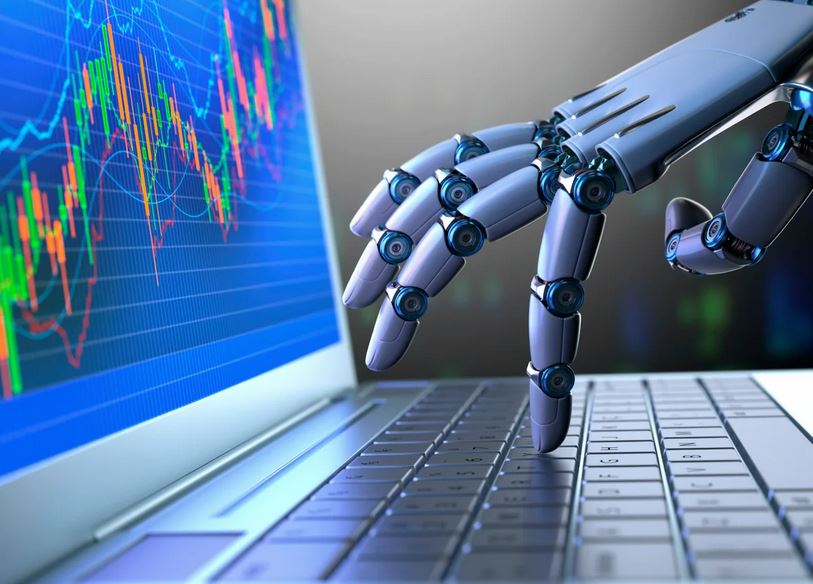
Technology is changing the way we trade, and the rise of artificial intelligence (AI) has many wondering: can robots really replace human traders? This article explores what’s behind the idea of automated trading.
Article content
What is Automated Trading?
Imagine trading as a series of steps: picking a strategy, analyzing the market, entering and exiting trades. Automated trading, also known as algorithmic trading, automates some or all of these steps. Think of those technical indicators you use. They’re a basic form of automated analysis!
Today, traders are looking to delegate more tasks to the machines. Here are the main ways they’re doing it.

Building Your Own Trading Bot
This is the ultimate DIY approach, but be warned, it’s not for beginners! You need two key skills:
- Trading Savvy: You need to be a seasoned trader, familiar with various analysis methods and how they work across different timeframes and strategies. After all, you can’t code a program if you don’t know what it’s supposed to do!
- Coding Skills: KDB, OneTick, SECDB, Java, and Python – these are some of the languages used to build trading bots. Since analysis involves tons of data, knowledge of databases like MySQL is a plus. You’ll need to deal with selecting data, setting variables, and using complex math functions.
No surprise, building these systems is usually left to large companies with teams of traders and programmers. It is practically impossible to come up with, write, test, and launch all this alone. It is quite likely that soon new versions of AI platforms will appear, on which such a system can be developed in a short time, but even then, it can only be done by an experienced trader.
So, does that mean all this talk about automated trading is just a dream? Absolutely not!

Using Ready-Made Trading Robots
Large brokers like AMarkets offer an extensive database of automated trading software, commonly referred to as trading robots or Expert Advisors (EAs). As a client, you can potentially install and use one of these robots immediately after setting up your account.
Expert Advisors typically require some configuration based on your chosen strategy and testing. Once set up, they can run 24/7 with just an internet connection and a computer. This method is popular with tens of thousands of traders who appreciate the ability to automate trades while still maintaining some control through monitoring. However, among novice traders, copy trading is more popular.
Copy Trading
Automated trading relieves traders from the need to make independent decisions. It doesn’t really matter who makes these decisions—whether a computer algorithm or another person. What is crucial is having a way to verify the potential success of the decision-maker.
Copy trading is a system where you essentially become an investor. You choose a suitable trader with proven results and experience and allow them to trade on your behalf. As a result, you gain the same percentage of profit as the experienced trader and typically only pay a fee after successful trades. At AMarkets, you retain full control of your account, can withdraw your money at any time, and choose different traders to copy.
The Bottom Line
While creating your own trading robot might not be realistic for most traders, there are other ways to leverage automation. Brokers like AMarkets offer a wide selection of trading robots and copy trading services to automatically replicate the trades of professional traders. Algorithmic trading isn’t replacing human traders entirely, but it’s offering new ways to participate in the financial markets.






